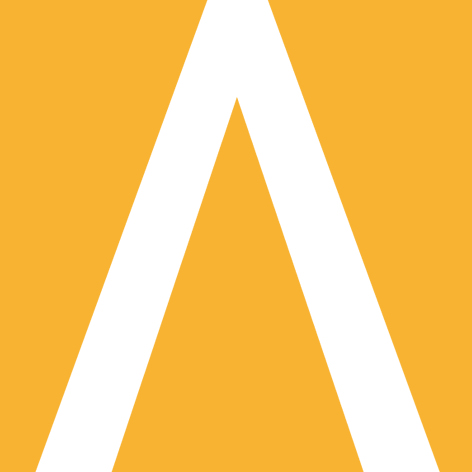Spaces to rethink
In Terni, students imagine and draw the “tomorrow” of certain urban areas
Abstract
This contribution presents the experience of the design workshop promoted as part of the Interest programme of the Municipality of Terni, aimed at the urban regeneration of certain strategic peripheral areas. The initiative, organised by Iscom Group in collaboration with the University of Perugia, involved 15 students from the Design degree course in a training and experimental process aimed at developing proposals for three marginal urban micro-areas: Alterocca, Martiri della Libertà and Gruber. The process was divided into phases of analysis, site visits and graphic presentations, supported by contributions from external experts, and produced design concepts characterised by inclusive and multidisciplinary approaches. Emerging themes included the reconnection of the urban fabric through new pedestrian routes and orientation devices, the introduction of natural elements to improve the microclimate and environmental quality, and the use of targeted and reversible “urban acupuncture” interventions capable of activating new forms of sociality and enjoyment. The results, presented publicly in Terni in May 2025, demonstrated the effectiveness of a collaborative model between public administration, academic knowledge and professional expertise, capable of generating innovative visions for the contemporary city and enhancing the active role of young people in building a “tomorrow to be designed”.

Copyright (c) 2025 Author(s)

This work is licensed under a Creative Commons Attribution 4.0 International License.


